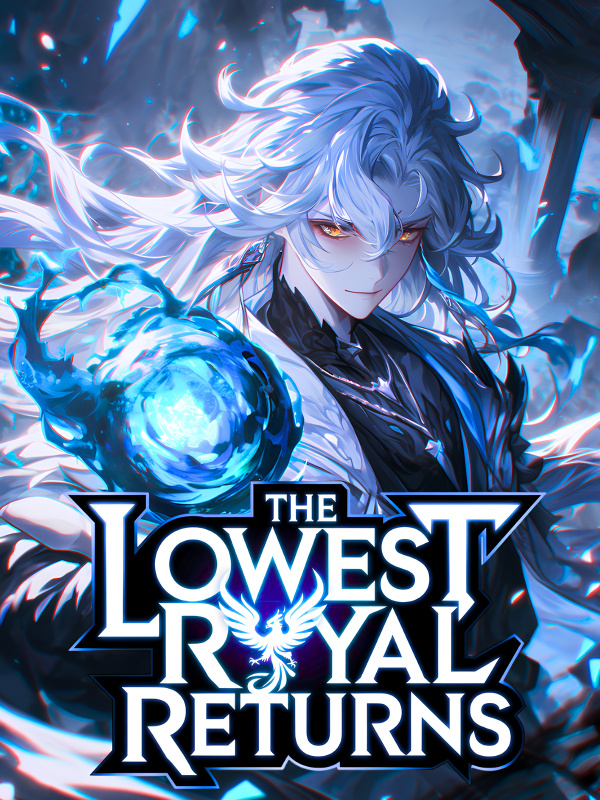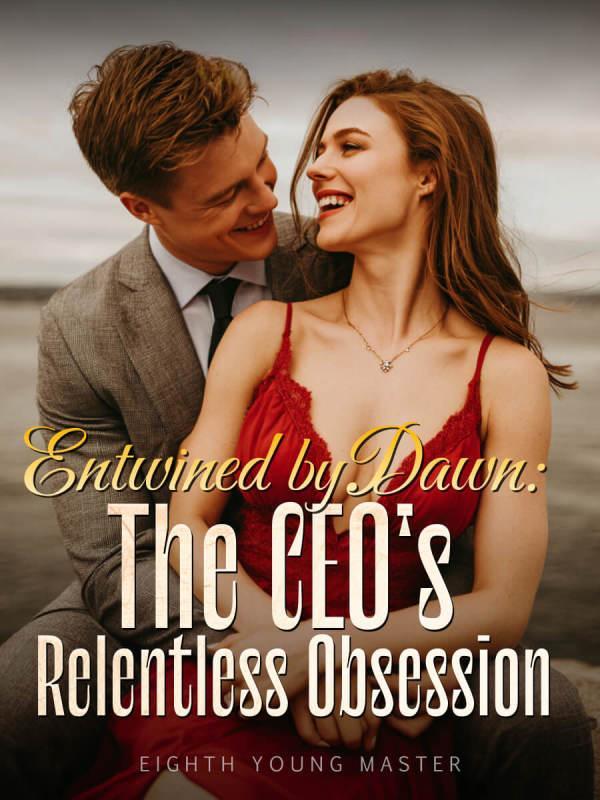©NovelBuddy
Van Gogh Reborn!-Chapter 180: Holy Spring (6)
Chapter 180: Holy Spring (6)
Chapter 180 Holy Spring (6)
We decided to have Austrian goulash and Tafelspitz for dinner.
It was the first time we tried both dishes. Goulash was a spicy stew with beef, onion, potato, and beans.
Grandpa, who was not fond of European food, was delighted to see the red broth, but he complained that it was not spicy enough and looked for red pepper powder.
He took a jar and sprinkled a lot of red pepper powder on his plate, which alarmed the waiter who told him not to do that.
I had no idea how spicy he liked his food.
That will hurt your stomach.
Its not spicy at all. Try it.
Grandpa pushed his plate towards me.
You said the ramen was not spicy either.
It wasnt.
I saw you put a ton of red pepper powder in it.
Hungarian red pepper powder is good for you.
It can still be spicy, you know.
Grandpa took a big spoonful and sighed.
See? Grandpa can eat it.
He said it was soothing and ate more.
I was curious about the taste, so I took a little bit of goulash.
It was spicy indeed.
It was better with the white cream (tejfl) that came with it.
Its delicious with this.
Grandpa doesnt want to mix sour cream with the broth, huh?
Its good.
As we tasted different things, Grandpa brought up Klimt.
How was Beatrix?
He was talking about the mural on the wall of the staircase leading to the dome. It was the painting where I later found Klimts distinctive gold pattern.
I thought there was no such thing as a genius who fell from the sky.
Grandpa nodded.
Thats right. Many people say that there was no one who painted like Klimt before or after him, but that doesnt mean he was not influenced by anything.
An artist cannot help but be influenced by social phenomena, environment, and other artworks.
His unique technique of using gold was also influenced by his father, who was a craftsman. And he was able to paint works like The Kiss because he had drawn many works at the art academy.
There is no bad genre or technique.
Renaissance, Baroque, Classicism, they are all precious elements that fill me.
It would be a problem if I imitated them, but I can get more choices based on them.
Isnt that enough?
One persons power has its limits, but the possibilities are infinite when people influence each other.
Just like Gustav Klimt did.
Lets go to the Secession tomorrow.
I wanted to see what kind of works Gustav Klimt and his colleagues made, who wished to find themselves in the long history of many countries.
Lets do that.
My smartphone vibrated.
Its Mr. Taeho.
I answered the phone.
-Hoon, how are you?
Im fine. Im having dinner after visiting the Vienna Museum of Art History.
-Cool. Is your teacher well?
I guess he doesnt like the food.
When we made eye contact, Grandpa nodded seriously.
-Thats a big deal. There must be a Korean market in Naschmarkt. You can buy ramen and stuff like that.
They sell ramen and stuff in Naschmarkt?
It would have been nice to use the speakerphone and listen with Grandpa if it was our hotel room, but I was conscious of being in a public place.
Really?
Grandpa took out his smartphone.
He seemed to be looking for Naschmarkt. We should stop by Naschmarkt after visiting the Secession tomorrow.
-By the way, the Whitney Biennial is over.
Yes.
On the day when there was a commotion at the Marso Gallery, the Whitney Biennial closing ceremony was held in New York.
Some time had passed, and it seemed that the <Mask> I had submitted had returned.
-The Mask arrived. Its too good to waste, so I looked for some places to exhibit it. I sent you an email, so take a look with your teacher when you have time.
What do you think, Mr. Taeho?
Taeho Bang would have picked out the best conditions and guided me, but there must have been a method that he liked the most among them.
I wanted to hear his opinion.
-Well, I think a place with a lot of visitors would be good. Security should be thorough. And I cant ignore the compensation.
Yes.
-Also, I prefer a place where it is exhibited constantly for a certain period of time rather than a one-time event. Its also better for the management of the work.
It would be a lot of trouble to move it around for a short time.
And there was no guarantee that there would be no problems in the process.
-Considering that, I think the New Tate Modern is the best.
Ive never heard of it.
-Its in London. They are active in securing exhibits. And they also asked to exhibit your work, so I think they might be good.
They contacted you first?
-Do you think they were the only ones?
I felt happy and embarrassed and laughed.
-Take a look. The other places are not bad either.
Ill check them out. Thank you.
-Thank you? This is my job. Well, enjoy your dinner. And say hello to your teacher.
Okay.
When I hung up, Grandpa looked better.
Hoon, they sell kimchi here. Shall we eat here for lunch tomorrow?
I checked the map and it was a restaurant near the Vienna Medical University. It would take about 30 minutes from our accommodation.
Sure.
I didnt like it that much, but I missed the crunchy and refreshing taste of kimchi when I didnt eat it.
*
The next day.
We left the hotel in time for the opening.
It was October, and unlike yesterday, which was cozy, the weather was quite chilly.
The weather changes so fast. Are you cold?
Yes.
I felt cold walking around in the clothes I brought.
We cant do this. We have to buy some clothes before we go.
Grandpa bought me a jacket from a nearby clothing store. It was a thick gray fabric that matched his own.
Lets go. Lets go.
We took the number 2 tram and passed by the Maria Theresa Square and the Vienna Museum of Art History, where we had visited yesterday. We got off in front of the National Opera House.
The city of music, or maybe because of Emperor Josephs coercion, even the opera house was majestic.
There were bronze statues of musicians on the second floor and the roof of the Gothic building.
Did we pass three blocks?
A simple white building appeared.
It was simple but had an impressive feature, unlike the other imposing buildings on the Ringstrasse1.
Thats the Secession, right?
Yes. Its the temple of the secessionist artists.
Grandpa smiled.
If the various buildings on the Ringstrasse, including the Vienna Museum of Art History that we had seen yesterday, were Renaissance temples that encompassed the past art, this place was a temple for those who wrote a new history.
Gustav Klimt must have thought so too.
The golden sphere on the roof looked like a laurel wreath.
"The people who live here call it a cabbage."2
Cabbage?
At first they mocked it as a golden cabbage, but now its a nickname.
I listened to Grandpas explanation while waiting for the pedestrian signal.
"Hermann Bahr, the spiritual leader of the secessionists, said to abandon the bleak daily life and the obsession with trivial things."3
Obsession?
Yes. But it was not a simple rejection of the old art. He clearly said it was a resistance against the people who dominated the art world.
He probably meant not the people who did classical art, but the Emperor Joseph and the nobles who forced them to act that way.
It was a struggle of the powerless and poor artists against the power.
How sublime they were.
The Viennese secessionists faced the problem.
They knew exactly what they had to get rid of to be artists.
True independence, separation from everything, was the truth that art could develop.
I also wanted to do that, so I left the academy and worked on my works, and wanted to create a community of painters.
Lets cross.
The signal changed.
The secessionists worked hard in various directions. They also published a magazine called Ver Sacrum to convey their meaning.
Ver Sacrum.
It means sacred spring in Latin.
It was a title that captured their hope for spring to come to the bleak art world.
The name was also written in gold on the front of the Secession building.
They made this place with the funds they collected through such activities.
I looked up at the Secession building and felt a new emotion.
I was proud of the later artists who did this.
Although they were a bit late compared to the Parisian painters, Gustav Klimt and the Viennese secessionist artists built their own sanctuary in the capital of the empire with their own power.
Modern?
No. Dont classify by time.
I was moved by the old memories as I stepped into the place where truly free art began.
If the community of painters had been better, could I have built such a building in Arles?
If I had gotten along better with Paul Gauguin, Lautrec, and Anton, could I have done more wonderful things?
I remembered the past.
*
The French National Art Association was busy preparing for the Art Nouveau competition.
Especially, how to exhibit the works of more than 1,700 participants was a big challenge.
The curators who gathered for the huge competition, which was hastily organized, could not easily decide.
They debated over several options that were nominated.
We have no choice but to use the square in front of the city hall.
The space is still insufficient.
We have to show them alternately over time. Its impossible to exhibit all the works in one space.
One curator was right.
There were too many works to exhibit them all in the same place at the same time.
Even if they found such a place, there would be a difference in exposure depending on how they arranged the order.
It was a concern for all 11 curators who prepared for the Art Nouveau competition.
The debate continued for days.
As the counterarguments piled up, Michel Platini, who had been listening, opened his mouth.
We have to create an environment where people have to see all the works.
Thats impossible. No one can force that.
If we could do that, we wouldnt have to worry like this. Do you have a good idea?
Michel looked around and calmly shared his thoughts.
The place is not important. We have to tell stories that make people want to go wherever the works are.
Even as the curators sent him skeptical looks, Michel Platini did not waver.
Tell them spring is coming.
******
1: Ringstrasse is a circular grand boulevard that surrounds the historic Old Town of Vienna. It is home to many impressive buildings and monuments that represent different architectural styles and periods2
2: Krauthappel is a colloquial term for the Secession building, derived from its resemblance to a cabbage head3
3: Hermann Bahr was an Austrian writer, critic, and one of the founders of the Vienna Secession. He wrote: We declare war on the bleak daily life, on the Byzantine Empire, on all the vices. Our Secession is not a struggle of the present against the past, but a struggle of the artists who claim to be against those who have interests, for the development of art. 4
4: Hermann Bahr, Die Secession, Ver Sacrum, 18985
This chapt𝒆r is updated by free(w)ebnovel(.)com




![Read The Royal Military Academy's Impostor Owns a Dungeon [BL]](http://static.novelbuddy.com/images/the-royal-military-academys-impostor-owns-a-dungeon-bl.png)

